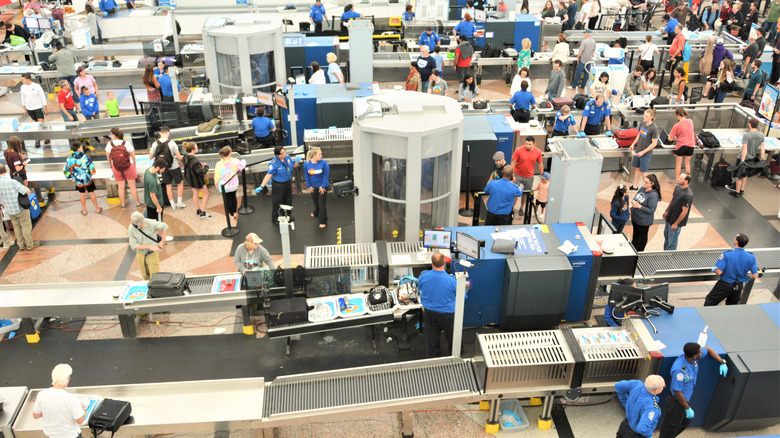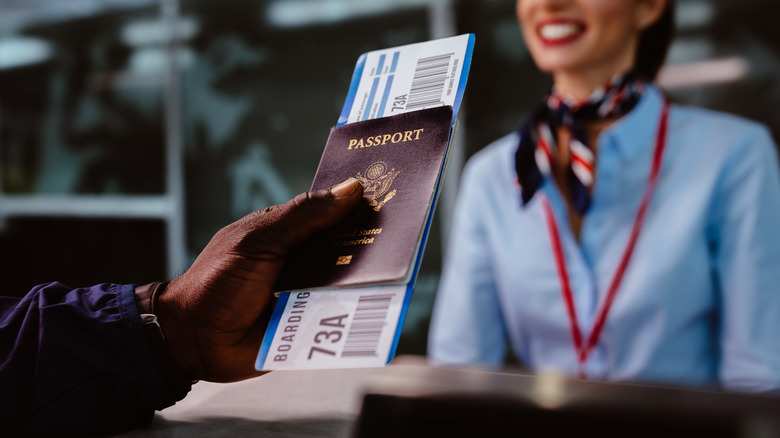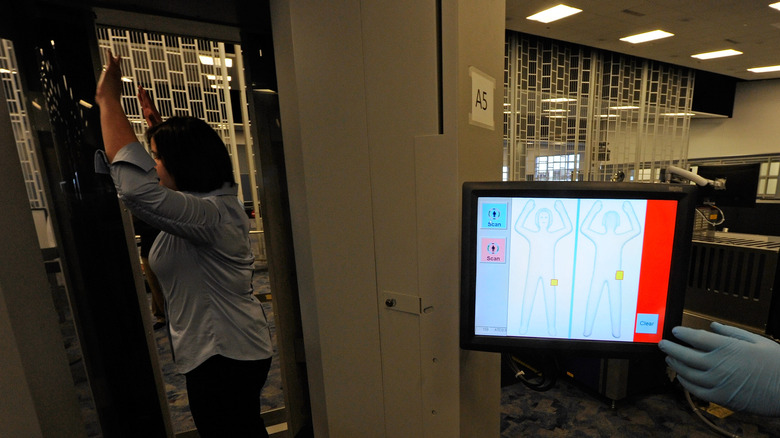How Protected Is Your Privacy Really During TSA's Screening Process?
During the typical airport screening process, you get your luggage checked, your body scanned, and your fingerprints may even be on record if you're enrolled in programs like TSA PreCheck. We live in a time when security concerns and privacy rights frequently intersect. The Transportation Security Administration (TSA) balances these two priorities to ensure American and international travelers can take to the skies with peace of mind, with 50,000 transportation security officers screening two million passengers daily. However, some of the methods they employ during the screening process may raise questions about the protection of individual privacy. How well does the TSA safeguard our personal information, and what measures do they have in place to protect our privacy during screenings?
Let's go over the preliminary screening process. TSA's screening doesn't begin in line when you hurriedly take your shoes off or step into those airport security body scanners — it actually starts long before you arrive at the airport. The Secure Flight program prescreens and collects personal information, including full names, dates of birth, and gender, to cross-check against government watchlists, like the No Fly and Terrorist Screening Database (TSDB). However, the Secure Flight program only collects the minimum necessary amount of personal information to conduct effective safety matches. A System of Records Notice states that passenger records that don't match government watchlists are deleted within seven days after they finish their trip. For safety, potential match records are kept for seven years, while confirmed matches are retained for 99 years.
Identity verification and physical screenings
Upon arriving at the airport (TSA recommends arriving at least two hours before your flight), travelers will encounter several more layers of security where the collection of personal data is part of the process. When you approach the check-in desk to present your passport and get your boarding pass, you undergo an identity verification security step. This ensures that the person boarding the plane matches the ticketed passenger. You usually have to present your passport and boarding pass several times in your airport journey for this very reason as well.
Physical screenings are what most people associate with airport security, and this is also where privacy concerns often intensify. TSA officers are trained to conduct these screenings professionally and respectfully, but the subjective nature of what constitutes "respectful" can vary. Pat-downs can be uncomfortable, but only those who alarm the metal detector or AIT or refuse to pass through the machines must undergo one.
Advanced imaging technology (AIT) machines, also known as body scanners, have been a topic of debate since their introduction. However, according to the TSA, "Automated target recognition software detects any metallic and non-metallic threats concealed under clothing by displaying a generic outline of a person on a monitor attached to the advanced imaging technology unit highlighting any areas that may require additional screening. The generic outline of a person will be identical for all passengers." After passengers clear all of TSA's security steps, they may board their flight at the gate.
Balancing security and privacy
The TSA has implemented several measures to safeguard privacy. For instance, automated target recognition (ATR) software in AIT machines helps reduce the intrusiveness of body scans as it replaces detailed body images with generic outlines that maintain passenger anonymity. Additionally, pat-downs are conducted by same-gender officers, and all passengers can request a private screening with a witness present. Despite these measures, concerns persist. Although rare, reports of inappropriate behavior by TSA officers have surfaced — not to mention what can happen if you refuse a TSA pat-down. The potential for data breaches adds another layer of concern; like any organization handling personal data, the TSA is not immune to cyber threats.
Debates over TSA screenings often center on the balance between security and privacy. Proponents argue that rigorous screening is essential for preventing terrorism and ensuring passenger safety. They point to the absence of successful large-scale attacks on U.S. air travel since 9/11 as evidence. Critics, however, argue that the measures are overly intrusive and sometimes ineffective. They advocate for more privacy-conscious alternatives and transparency regarding what happens to personal data. Much of TSA's passenger privacy protection hinges on the publically available Privacy Act of 1974 and Fair Information Practice Principles (FIPPs), which govern the collection, use, maintenance, and dissemination of personal information for privacy and data protection purposes. Ultimately, the goal is a security framework that protects the public and respects privacy, with travelers staying informed and TSA prioritizing transparency to ensure safe, comfortable air travel.


